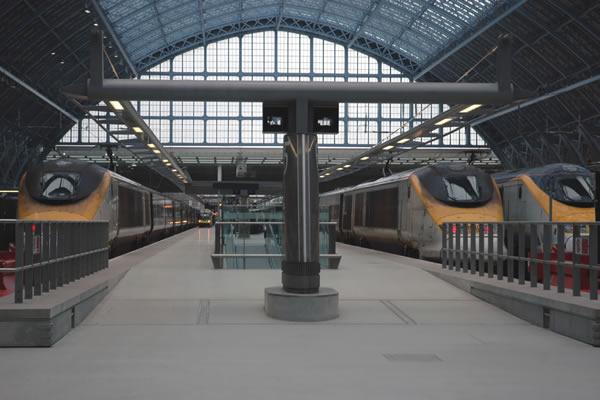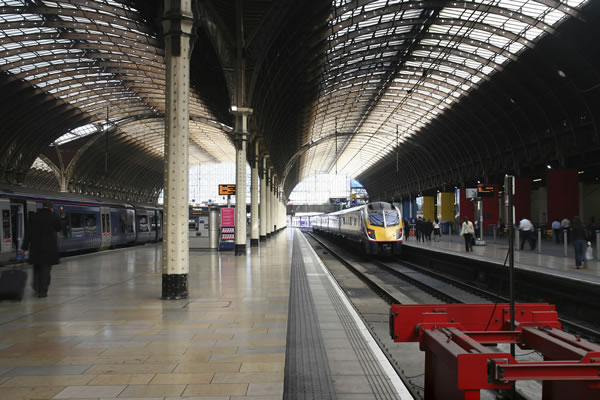Changes to Rights of Way
Where development proposals are likely to affect existing public rights of way (footpaths or bridleways) or existing public roads early discussions with the Local Planning Authority and Highway Authority should be undertaken to determine the most appropriate manner to effect the legal diversion or closure of the route.
Public rights of way may potentially be diverted or closed in favour of an alternative route and where for example public roads are redundant they can be formally closed (stopped up). Procedures are available under both the Highways Act and the Town and Country Planning Act to effect these changes.
Where linked to the granting of planning permission for a development it is usual for the procedures to be undertaken via the Town and Country Planning Act as it is usual for the changes to be required to facilitate the development for which consent has been given.
Sections 247 and 257 of the Town and Country Planning Act 1980 permit Local Planning Authorities to make diversion, creation or stopping up orders for public rights of way if they are satisfied that it is necessary to enable development to take place. These orders can only be used after planning consent has taken place and are unique to that approval. Rights of way changes are considered as part of the Local Planning Authorities determination process of the application and effects and potential objections would be reasonably expected to have been explored at this stage. Notwithstanding this the public has a right to comment and potentially object to a change to a public right of way order.
It is usual for the Local Planning Authority and Local Highway Authorities to attempt to resolve these issues with objectors but if this is not possible the Highway Engineer may be required to provide evidence at a public inquiry or Magistrates Court in support of the proposed change.
The Highways Act 1980 allows a Local Highway Authority for its own purposes or on the behalf of third parties to make changes to the public rights of way or public roads.
- Section 26 permits a new right of way may be created where there is a demonstrated material need for it.
- Section 118 allows a right of way to be extinguished where it is demonstrated as not needed for public use
- A right of way may also be diverted where it can be shown that it is in the interest of the relevant landowner and/or the public to do so.
- The Highway Act also allows a right of way to be changed for security reasons such as crime or anti-social behaviour or to protect a site of acknowledged special interest (Site of Special Scientific Interest or Scheduled Ancient Monument – Town and Country Planning Act)
There are other orders which are available to effect temporary suspension of public rights of way but these orders relate to construction and public safety issues and cannot be used as a means to effect a permanent change.
What Our Clients Say:
Swept Path Analysis and Visibility Drawing incorporated into a Technical Note, Proposed Residential Dwelling, Colchester.
Highway Statement, Proposed Residential Development, Stockport
Transport Assessment, Proposed Residential Development (170 dwellings), Essex
Speed Survey, Proposed Private Residential Development – Testimonial
Access Feasibility Study, Proposed Private Residential Development – Testimonial
Analysis of Speed Survey and Swept Path Analysis
Stage 2 Road Safety Audit, Residential, Staffordshire
Construction Traffic Management Plan
Flood Risk Assessment, Testimonial, Industrial Development, Sheffield
Travel Plan
Require the Services of a Highway Engineer?
Sanderson Associates have enjoyed over 37 years in business delivering experienced Highway Engineering Services to our clients, having completed over 12,200 schemes for a wide variety of major and minor developments throughout the whole of the UK, Isle of Man and Ireland.
We would be pleased to provide you with our competitive fee proposal to provide you with our Highway Engineering Services, please call us on 01924 844080 or click here to complete our secure online form.



